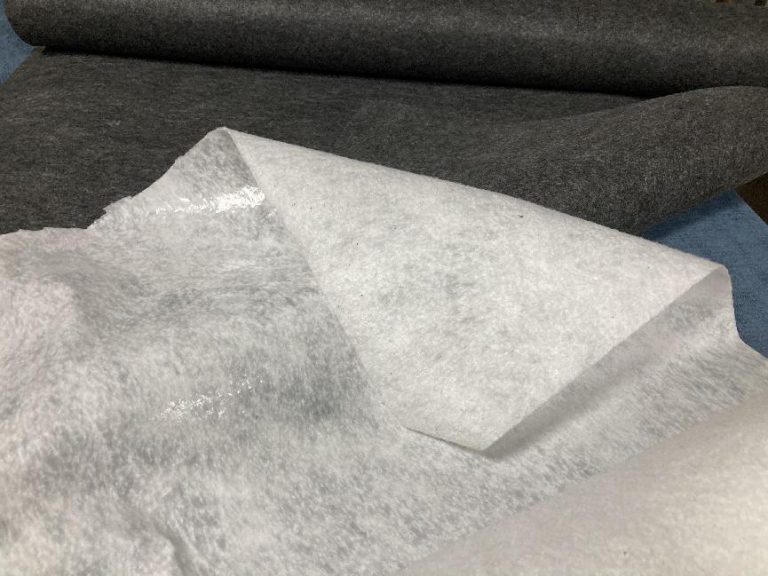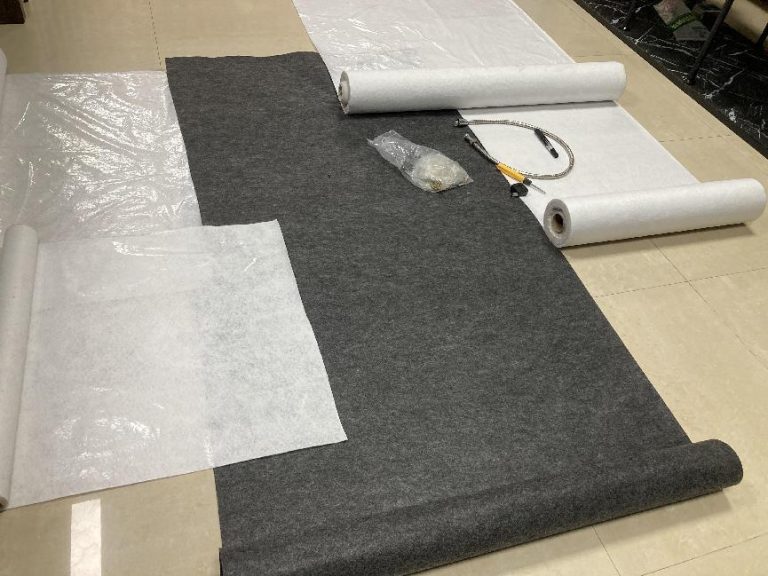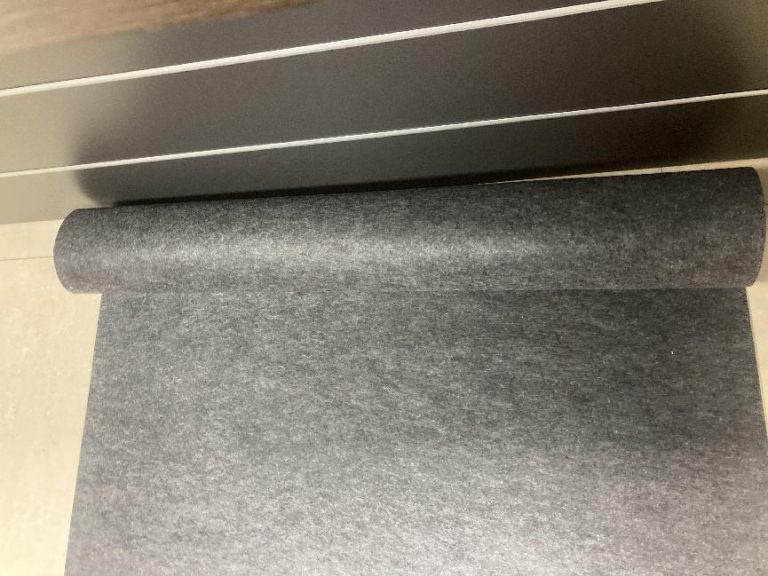How to Choose the Best Acrylic Coating Process for Painting on Wood, Felt Roll, and Chinese Factory
When it comes to painting on wood, felt roll, and Chinese factory surfaces, it is important to choose the best acrylic coating process for the job. Acrylic coating is a popular choice for many painting projects due to its durability and versatility. However, there are several factors to consider when selecting the best acrylic coating process for a particular project.
First, consider the type of surface that needs to be painted. Different surfaces require different types of acrylic coating processes. For example, wood surfaces require a different type of acrylic coating than felt roll or Chinese factory surfaces. Additionally, the type of paint being used will also affect the type of acrylic coating process that should be used.
Second, consider the desired finish. Different acrylic coating processes can produce different finishes. For example, some acrylic coating processes are designed to produce a glossy finish, while others are designed to produce a matte finish. Additionally, some acrylic coating processes are designed to produce a textured finish, while others are designed to produce a smooth finish.
Third, consider the desired durability. Different acrylic coating processes can produce different levels of durability. For example, some acrylic coating processes are designed to produce a durable finish that can withstand wear and tear, while others are designed to produce a finish that is more susceptible to damage. Additionally, some acrylic coating processes are designed to produce a finish that is resistant to fading, while others are designed to produce a finish that is more prone to fading.
Finally, consider the desired cost. Different acrylic coating processes can produce different levels of cost. For example, some acrylic coating processes are more expensive than others. Additionally, some acrylic coating processes require specialized equipment, which can add to the overall cost of the project.
By considering the type of surface, desired finish, desired durability, and desired cost, it is possible to choose the best acrylic coating process for painting on wood, felt roll, and Chinese factory surfaces. With the right acrylic coating process, it is possible to achieve a beautiful and durable finish that will last for years to come.
Exploring the Benefits of Acrylic Coating for Painting on Wood, Felt Roll, and Chinese Factory
Acrylic coating is a versatile and durable material that can be used for a variety of painting projects. It is a popular choice for painting on wood, felt roll, and Chinese factory surfaces due to its many benefits. This article will explore the advantages of using acrylic coating for painting on these surfaces.
One of the main benefits of using acrylic coating for painting on wood, felt roll, and Chinese factory surfaces is its durability. Acrylic coating is highly resistant to wear and tear, making it an ideal choice for surfaces that will be exposed to frequent use or harsh conditions. It is also resistant to fading, so the colors of the paint will remain vibrant for a long time. Additionally, acrylic coating is water-resistant, making it a great choice for outdoor projects.
Another advantage of using acrylic coating for painting on wood, felt roll, and Chinese factory surfaces is its versatility. Acrylic coating can be used to create a variety of effects, from a glossy finish to a matte finish. It can also be used to create a textured effect, which can add depth and interest to a painting. Additionally, acrylic coating is easy to apply and can be used on a variety of surfaces, including wood, felt roll, and Chinese factory.
Finally, acrylic coating is an affordable option for painting on wood, felt roll, and Chinese factory surfaces. It is a cost-effective material that can be used to create a variety of effects without breaking the bank. Additionally, acrylic coating is easy to clean and maintain, making it a great choice for surfaces that will be exposed to frequent use.
In conclusion, acrylic coating is an ideal choice for painting on wood, felt roll, and Chinese factory surfaces due to its durability, versatility, and affordability. It is a cost-effective material that can be used to create a variety of effects and is easy to clean and maintain. For these reasons, acrylic coating is a great choice for any painting project.
Comparing Different Acrylic Coating Processes for Painting on Wood, Felt Roll, and Chinese Factory
When it comes to painting on wood, felt roll, and Chinese factory surfaces, there are several different acrylic coating processes available. Each of these processes has its own advantages and disadvantages, and it is important to understand the differences between them in order to choose the best option for your project.
The first process is a brush-on acrylic coating. This process involves applying a thin layer of acrylic paint to the surface with a brush. This method is relatively easy to use and provides a smooth, even finish. However, it can be difficult to achieve a consistent finish, and the paint can easily be scratched or smudged.
The second process is a spray-on acrylic coating. This process involves spraying a thin layer of acrylic paint onto the surface. This method is faster and easier to use than the brush-on method, and it provides a more consistent finish. However, it can be difficult to control the amount of paint that is applied, and the paint can easily be smudged or scratched.
The third process is a roller-on acrylic coating. This process involves rolling a thin layer of acrylic paint onto the surface. This method is faster and easier to use than the brush-on or spray-on methods, and it provides a more consistent finish. However, it can be difficult to control the amount of paint that is applied, and the paint can easily be smudged or scratched.
Finally, the fourth process is a Chinese factory acrylic coating. This process involves applying a thin layer of acrylic paint to the surface in a factory setting. This method is the most efficient and provides a consistent finish. However, it can be difficult to control the amount of paint that is applied, and the paint can easily be smudged or scratched.
In conclusion, each of these acrylic coating processes has its own advantages and disadvantages. It is important to consider the specific needs of your project before deciding which process is best for you.



